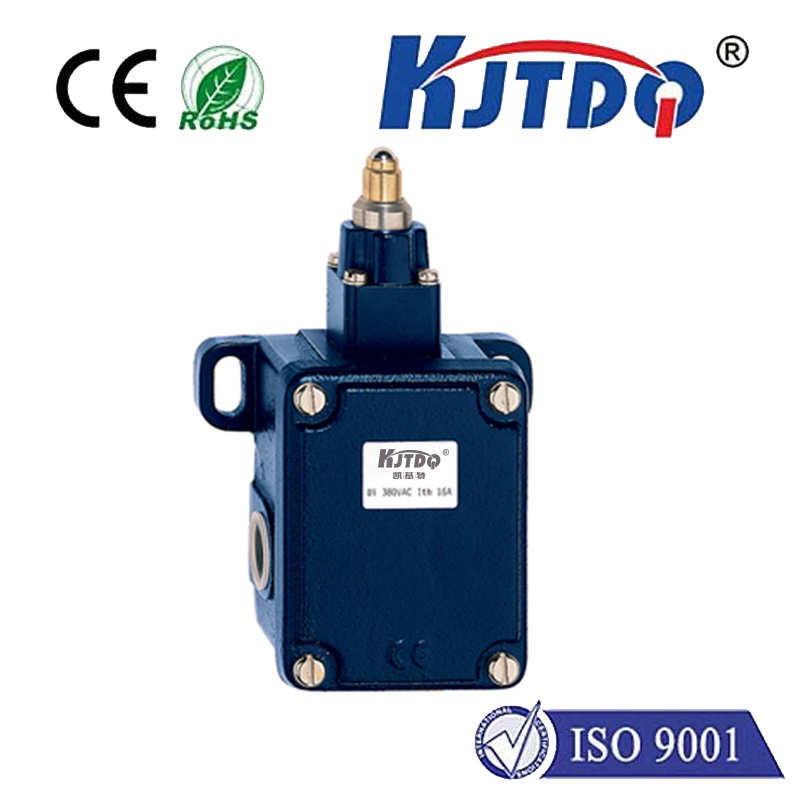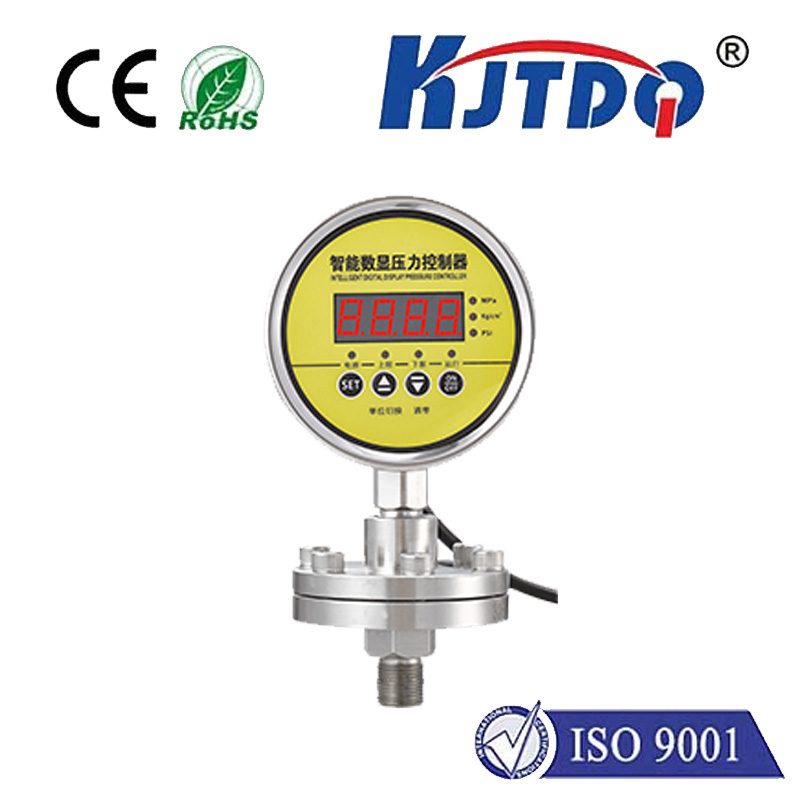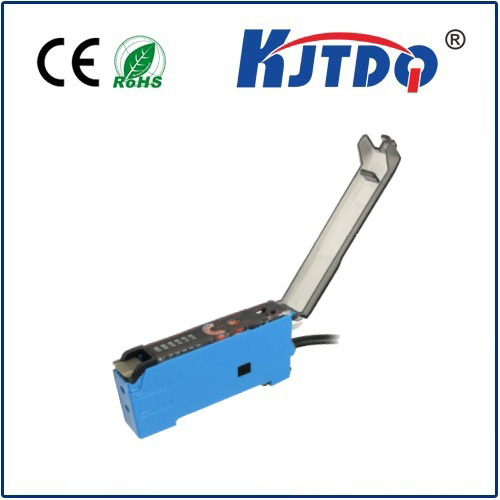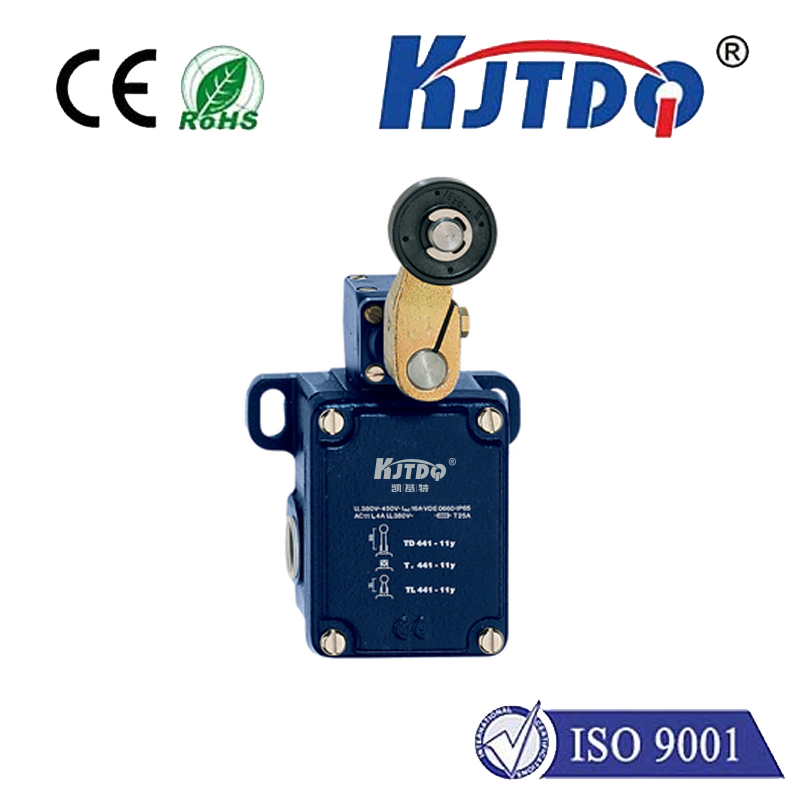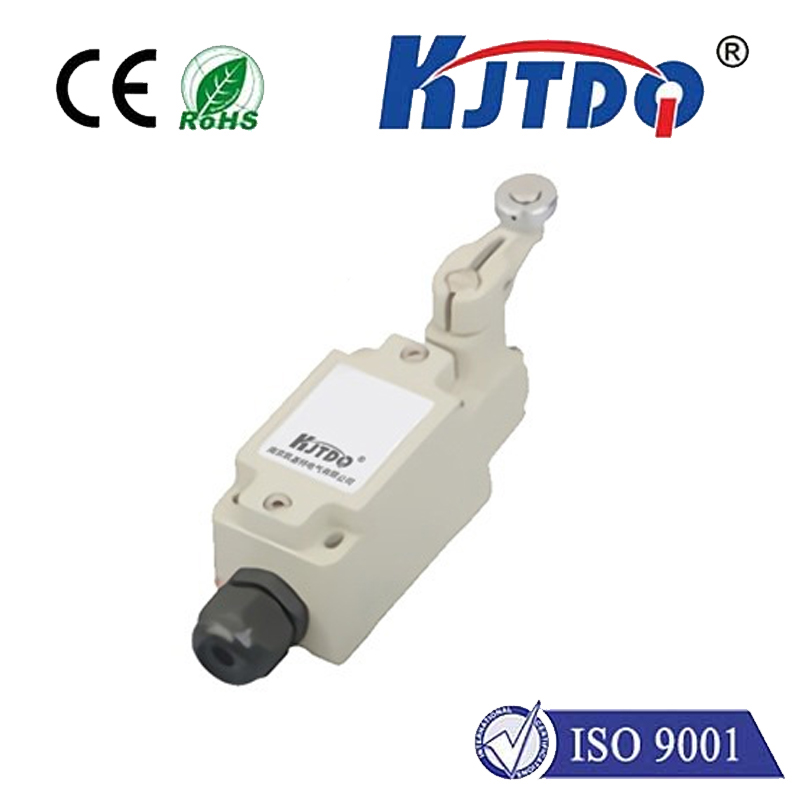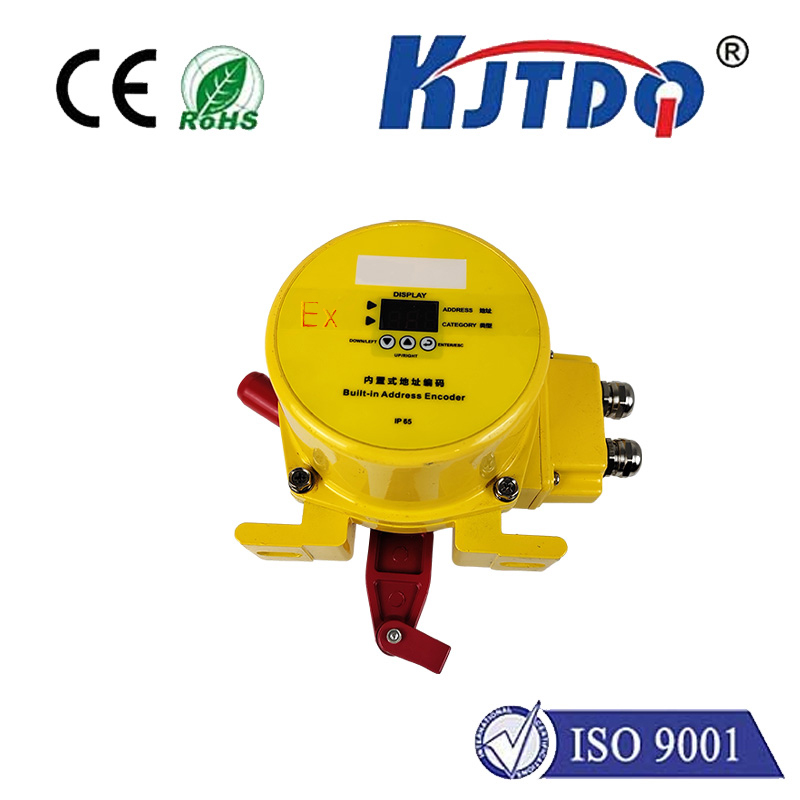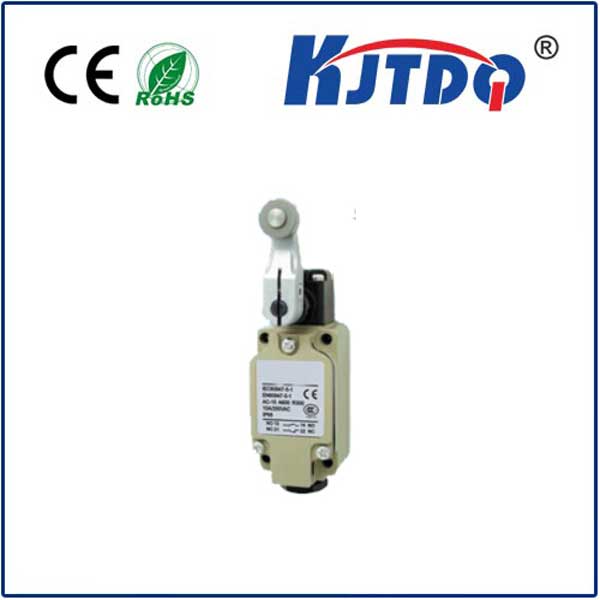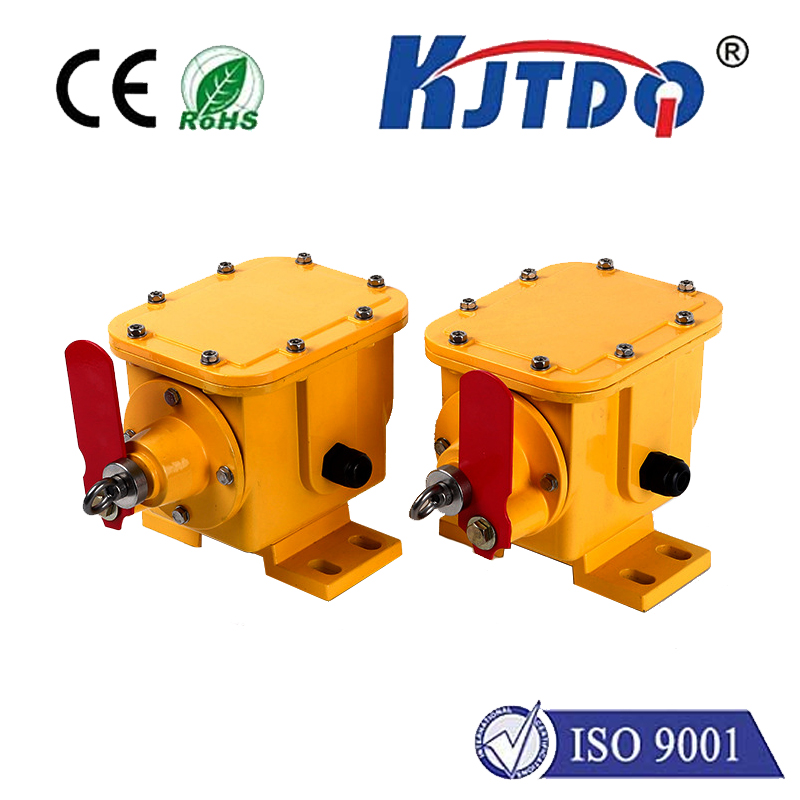proximity sensor wireless
- time:2025-09-06 00:11:50
- Нажмите:0
Untethered Awareness: How Wireless Proximity Sensors Are Revolutionizing Detection
Imagine a sprawling factory floor. Machines hum, robotic arms dance, and conveyor belts snake through the space. Now, picture the dense, costly, and inflexible spiderweb of cables traditionally required to connect hundreds of proximity sensors monitoring positions, detecting parts, or safeguarding operators. It’s a setup prone to damage, expensive to install and reconfigure, and a nightmare for scalability. This is where wireless proximity sensors step in, liberating sensing capabilities from the constraints of physical wires and unlocking a new era of smart, adaptable detection.
Understanding the Core: Proximity Sensing Goes Wireless
At their heart, proximity sensors detect the presence or absence of an object within a specific range without physical contact. They work using various principles – inductive sensors for metals, capacitive for various materials, photoelectric for light beam interruption, or ultrasonic for sound waves. The critical advancement is the integration of wireless communication technology (like Bluetooth Low Energy - BLE, LoRaWAN, Wi-Fi, Zigbee, or proprietary sub-GHz radio) directly into these sensors.
А.wireless proximity sensor functions much like its wired counterpart, sensing nearby objects. However, instead of sending its signal (“object present” or “object absent”) directly through a wire to a controller, it transmits this data wirelessly to a gateway or receiver. This gateway then interfaces with the broader control system (PLC, SCADA, cloud platform, or mobile device). Power is typically supplied by integrated, long-life batteries or, increasingly, energy harvesting methods like solar or kinetic energy.

The Compelling Advantages: Why Cut the Cord?
The shift from wired to wireless industrial proximity sensors delivers a cascade of tangible benefits:
- Dramatically Reduced Installation Costs & Complexity: Eliminating the need to run conduit and cables through walls, ceilings, or complex machinery saves significant material and labor expenses. Installation becomes faster and simpler.
- Unmatched Flexibility & Scalability: Need to add a sensor to monitor a new machine position? Or relocate an existing one? With battery-powered proximity sensors, it’s often as simple as mounting the sensor and pairing it with the network. Systems can be easily expanded without major rewiring projects.
- Enhanced Mobility & Accessibility: Wireless sensors are ideal for monitoring moving parts or equipment where trailing cables are impractical or hazardous, such as on AGVs (Automated Guided Vehicles), robotic arms, or rotating platforms.
- Accessibility in Hard-to-Reach Areas: Monitoring points in remote locations, hazardous environments, or confined spaces becomes feasible without the prohibitive cost and risk of running cables.
- Simplified Maintenance & Diagnostics: Many wireless proximity switches offer remote diagnostics and status monitoring (like battery level), enabling predictive maintenance and reducing downtime caused by unexpected failures.
- Reduced Tripping Hazards & Improved Aesthetics: Removing cables from walkways and workspaces enhances safety and creates a cleaner operational environment.
Where Wireless Proximity Sensors Shine: Key Applications
The freedom offered by wireless proximity detection finds valuable applications across diverse sectors:
- Smart Manufacturing & IIoT: Monitoring machine status, part presence on conveyors, robot end-effector positioning, tool detection, pallet tracking, and safety door interlocks without complex cabling, enabling agile production lines and easy reconfiguration. Integrating seamlessly into the Industrial Internet of Things (IIoT) ecosystem.
- Warehousing & Logistics: Tracking AGV position, verifying shelf bin occupancy, monitoring warehouse door positions, and detecting package presence on sorting systems. Wireless sensors provide the flexibility needed in dynamic logistics environments.
- Building Automation & Smart Homes: Controlling lighting based on occupancy (presence detection), monitoring window/door status for security without wiring, detecting appliance positions. Enables easy retrofits in existing buildings.
- Agriculture & Environmental Monitoring: Detecting equipment positions on large farm machinery, monitoring gate/silo door status, or sensing water levels in remote tanks.
- Predictive Maintenance (PdM): Monitoring vibration or position deviations on rotating machinery components using wireless vibration sensors often incorporating proximity capabilities for positional reference. Data is transmitted wirelessly for analysis.
- HVAC Systems: Detecting filter status, damper positions, or access panel closures wirelessly simplifies installation in ductwork or plenums.
Important Considerations: Power, Range & Security
While transformative, implementing wireless proximity sensors requires careful planning:
- Power Management: Battery life is critical. Choosing sensors with ultra-low power consumption (like those using BLE or sub-GHz protocols) and efficient sleep modes is essential. Understand expected battery life (often years) and factor in replacement costs/procedures. Energy harvesting offers promise for maintenance-free operation in suitable environments.
- Wireless Range & Reliability: The operating environment (metal structures, walls, interference sources) significantly impacts the reliable wireless range. Selecting the right protocol (BLE for shorter range, LoRaWAN for long-range/low power) and ensuring appropriate gateway placement/network density is crucial for robust communication.
- Network Security: Protecting the data transmitted wirelessly is paramount. Ensure sensors and the network use strong encryption (like AES-128) and authentication protocols to prevent unauthorized access or data tampering.
- Latency: While suitable for most proximity detection tasks (which are typically state changes, not high-speed analog signals), understand the inherent latency of the wireless protocol compared to direct wiring for applications needing microsecond-level responses.
- Cost Analysis: While installation savings are significant, the per-sensor cost might be higher than a basic wired sensor initially. Evaluate the total cost of ownership (TCO), considering installation, maintenance, and scalability savings over time.
The Future is Untethered
Wireless proximity sensors are far more than a mere convenience; they represent a fundamental shift in how we implement detection and monitoring. By eliminating the constraints and costs of cabling, they enable smarter, more flexible, and more cost-effective solutions across industrial automation, logistics, building management, and beyond. As wireless technology continues to advance (lower power consumption, enhanced mesh networking, greater security) and costs decrease, the adoption of these versatile wireless sensing solutions is poised for exponential growth, truly making detection aware and adaptable – without the wires.


